Home>Furniture>Outdoor Furniture>How To Arrange Potted Plants On A Patio
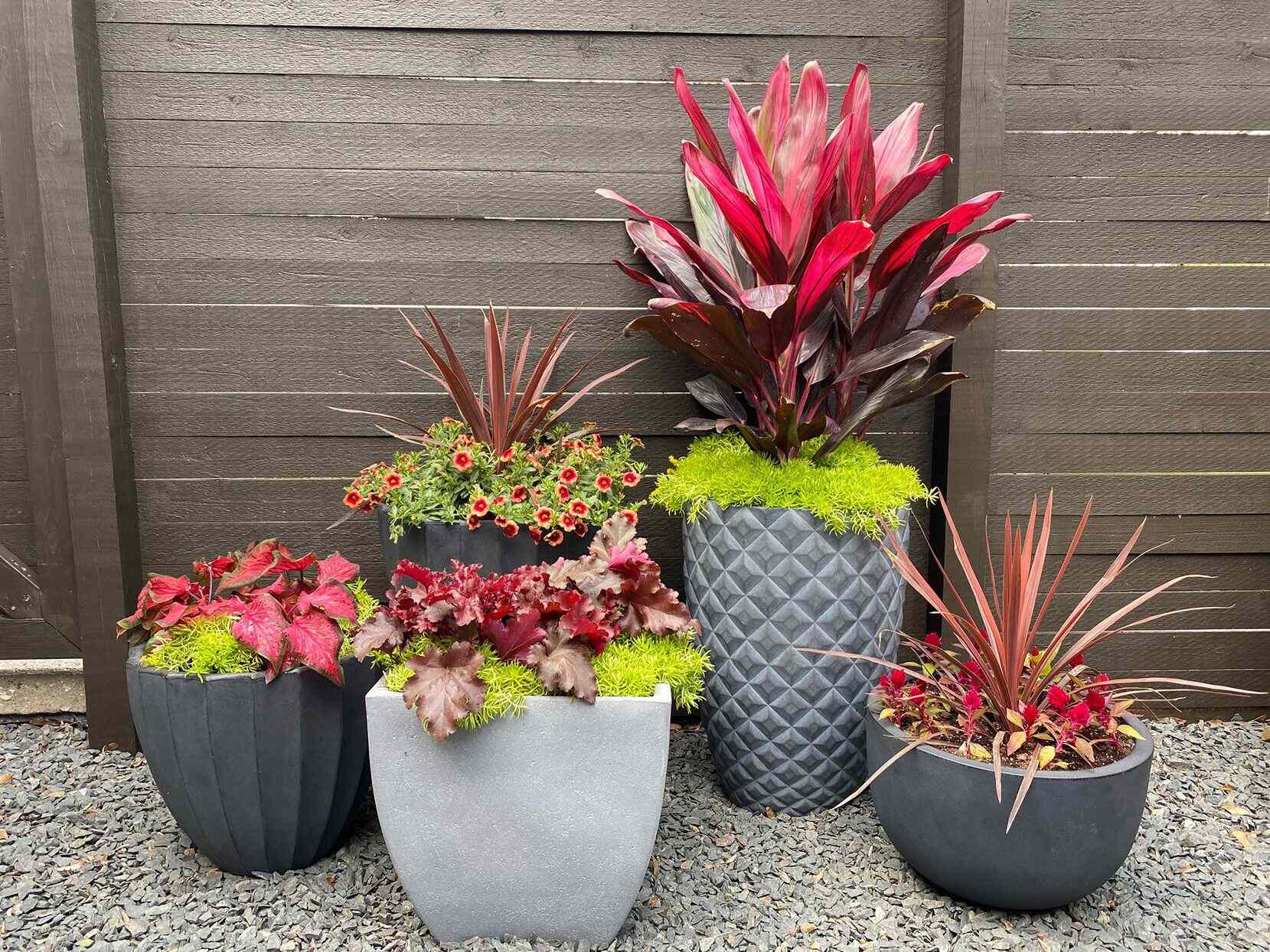

Outdoor Furniture
How To Arrange Potted Plants On A Patio
Modified: October 27, 2024
Learn how to beautifully arrange potted plants on your patio with the help of outdoor furniture. Create a stunning outdoor space with our easy tips and ideas.
(Many of the links in this article redirect to a specific reviewed product. Your purchase of these products through affiliate links helps to generate commission for Storables.com, at no extra cost. Learn more)
Introduction
Welcome to the world of outdoor furniture! Whether you have a cozy balcony, a spacious patio, or a sprawling backyard, arranging potted plants can bring life and vibrancy to your outdoor space. Not only do potted plants add beauty and visual interest, but they also provide a sense of serenity and connection with nature. In this article, we will explore some valuable tips on how to arrange potted plants on your patio to create an inviting and harmonious atmosphere.
Arranging potted plants on a patio is like creating a living work of art. It requires thoughtfulness and creativity to strike the right balance of colors, sizes, and textures. By strategically placing your potted plants, you can transform your outdoor area into a stunning oasis that reflects your personal style and enhances your outdoor experience.
Before diving into the details, it’s essential to assess the available space, as well as consider the climate and sunlight conditions. This will help you determine which plants will thrive in your specific environment and guide your decision-making process. Additionally, selecting the right pots and soil for your plants, as well as understanding their maintenance needs, will contribute to their overall health and longevity.
So, let’s delve into the exciting world of potted plants and discover how to transform your patio into a breathtaking sanctuary that you can enjoy year-round!
Key Takeaways:
- Create a visually stunning patio oasis by considering space, sunlight, and plant types. Balance, symmetry, and vertical space utilization add depth and dimension to your arrangement.
- Choose low-maintenance plants and add decorative elements to reflect your style. Incorporate a variety of colors and textures for a vibrant and inviting outdoor space.
Read more: How To Arrange Plants Outdoor
Determine the Available Space
Before you start arranging your potted plants on your patio, it’s important to take stock of the available space. Consider the size and dimensions of your patio, as well as any existing features such as furniture or structures like pergolas or fences. This will help you determine how many plants you can accommodate and where they should be placed.
Take measurements of your patio and create a rough sketch or layout. This will serve as a visual reference as you plan your plant arrangement. Consider any areas that might be more exposed to sunlight or shade, as this will affect the types of plants you choose for those areas.
When determining the available space, also take into account the pathways and seating areas. You want to ensure that your plant arrangement does not hinder the flow of movement or obstruct any seating areas. Leave enough space for people to walk comfortably and for furniture to be arranged without crowding.
If you have limited space, you can get creative with vertical gardening. Utilize walls or fences to hang planters or install vertical garden structures. This will not only maximize your space but also create a visually stunning display.
Once you have a clear understanding of the available space on your patio, you can move on to the next step: considering the climate and sunlight conditions.
Consider the Climate and Sunlight
When arranging potted plants on your patio, it’s crucial to consider the climate and sunlight conditions of your specific location. Different plants have varying light requirements, and placing them in the wrong spot can hinder their growth and health.
Start by observing the sunlight patterns on your patio. Note which areas receive full sun, partial shade, or full shade throughout the day. This information will guide you in selecting plants that are suitable for your patio’s specific lighting conditions.
If your patio receives full sun for the majority of the day, opt for sun-loving plants such as geraniums, petunias, or succulents. These plants thrive in direct sunlight and will add a burst of color to your outdoor space.
For areas that receive partial shade or dappled sunlight, consider plants like hostas, impatiens, or ferns. These plants can tolerate a bit of shade but still need some sunlight to thrive.
If your patio is predominantly in the shade, there are still plenty of plant options available. Consider shade-loving plants like begonias, caladiums, or ferns. These plants will bring life and greenery to even the darkest corners of your patio.
It’s also important to take into account the climate of your area. Some plants thrive in humid conditions, while others prefer drier climates. Research the specific requirements of the plants you’re considering and choose ones that will thrive in your local climate.
By understanding the climate and sunlight conditions of your patio, you can select plants that will thrive and flourish in their designated spots. This will ensure a successful and visually stunning arrangement.
Choose the Right Potted Plants
Now that you have assessed the available space and considered the climate and sunlight conditions, it’s time to choose the right potted plants for your patio. Selecting the right plants is crucial for creating an engaging and harmonious arrangement.
When choosing potted plants, consider a variety of factors such as size, growth habit, and compatibility with other plants. Aim for a combination of tall, medium, and trailing plants to create depth and visual interest.
Start by selecting a focal point plant, such as a tall ornamental grass or a flowering shrub. This will serve as the centerpiece of your arrangement and provide height and structure. Place the focal point plant towards the back or center of the patio, depending on your layout.
Next, choose mid-sized plants that will complement the focal point. These can include flowering perennials, decorative grasses, or compact shrubs. Arrange them around the focal point plant, creating a visually pleasing composition.
Finally, select trailing plants or cascading vines to add a touch of softness and elegance to your arrangement. These plants can spill over the edges of containers or hang from baskets, adding a vertical element and enhancing the overall visual appeal.
Consider the colors and textures of the plants you choose. Opt for a mix of foliage and flowering plants to create a vibrant display. Coordinate colors to create a harmonious color scheme or mix different hues for a more eclectic look.
It’s also important to consider the care requirements of the plants you choose. If you have a busy lifestyle or don’t have much time for maintenance, opt for low-maintenance plants that require minimal watering and pruning. On the other hand, if you enjoy gardening and have more time to dedicate to plant care, you can choose plants that require a bit more attention.
By carefully selecting the right potted plants for your patio, you can create a visually stunning and cohesive arrangement that will be the envy of your neighbors.
Group Plants by Size and Height
When arranging potted plants on your patio, it’s important to consider the size and height of each plant. Grouping plants with similar sizes and heights together will create a visually appealing arrangement that is balanced and harmonious.
Start by organizing your plants into categories based on their heights. You can have three main categories: tall plants, medium-sized plants, and low-growing plants. This will help you visualize how they will interact with each other in the arrangement.
Place the tallest plants towards the back or center of your patio, depending on your layout. These plants will serve as a backdrop and create a vertical element in your arrangement. Some examples of tall plants include ornamental grasses, bamboo, or flowering shrubs.
Next, position the medium-sized plants in front of the taller plants. These can include flowering perennials, compact shrubs, or decorative grasses. The medium-sized plants will add layers to the arrangement and provide a transition between the tall and low-growing plants.
Finally, place the low-growing plants in the front or along the edges of your patio. These can be trailing plants, groundcovers, or small flowering annuals. The low-growing plants will add a sense of fullness and cover the soil, creating a lush and inviting atmosphere.
By grouping plants by size and height, you create a visually balanced arrangement where each plant has its own space to shine. This organization also allows you to highlight the unique features of each plant and create a dynamic and engaging display.
Remember to leave enough space between each plant to allow for growth and prevent overcrowding. This will ensure that each plant has enough access to sunlight and airflow, promoting healthy growth and minimizing the risk of disease.
With thoughtful grouping of plants based on their sizes and heights, you can create a visually stunning and harmonious arrangement on your patio.
Read more: How To Plant Outdoor Plants In Pots
Create Balance and Symmetry
Creating balance and symmetry in your potted plant arrangement is key to achieving a cohesive and visually pleasing design. Balance refers to the distribution of visual weight, while symmetry refers to creating a sense of equality and mirrored reflection in the arrangement.
One approach to achieving balance and symmetry is through the use of pairs or groupings. Place matching pots or plants on opposite sides of your patio to create a sense of equilibrium. This can be particularly effective with larger plants or decorative elements.
Alternatively, you can create balance by using different plants with similar shapes or colors on either side of the arrangement. For example, if you have a tall, spiky plant on one side, you can balance it with another tall, spiky plant on the opposite side. This creates a sense of harmony and continuity.
Consider the overall visual weight of your arrangement. If you have a particularly large or bold plant on one side, balance it out with a group of smaller or more delicate plants on the other side. This helps to distribute the visual weight evenly and creates a pleasing composition.
Another way to create balance and symmetry is through the use of focal points. Choose a specific area or feature on your patio as the focal point and arrange the plants around it in a symmetrical or balanced manner. This draws the eye to that central point and creates a sense of cohesion in the arrangement.
Don’t forget to consider the height and size of plants when creating balance and symmetry. Place taller plants or elements towards the center or back of the arrangement, with shorter plants on the sides or front. This helps to create a sense of depth and perspective.
Remember, balance and symmetry do not necessarily mean exact replicas or mirror images. It’s about creating a sense of harmony and order in the arrangement. Let your creativity guide you, and don’t be afraid to experiment with different combinations and placements until you achieve the desired effect.
By focusing on balance and symmetry, you can create a visually stunning and harmonious potted plant arrangement that will transform your patio into a work of art.
Consider the sunlight and water needs of each plant when arranging them on your patio. Place sun-loving plants in the sunniest spots and shade-loving plants in shadier areas to ensure they thrive.
Utilize Vertical Space
When arranging potted plants on your patio, don’t limit yourself to just the ground or tabletops. Make use of the vertical space available to create a dynamic and visually stunning display.
Vertical gardening is a trend that has gained popularity in recent years, and for good reason. It allows you to maximize space and add an extra dimension to your plant arrangement. Here are some tips for utilizing vertical space on your patio:
1. Wall-mounted planters: Install wall-mounted planters or create a living wall by attaching individual pots or containers to a trellis or wire mesh. This not only adds greenery to your patio but also serves as a focal point and conversation starter. Choose trailing plants or those with upright growth habits to create a cascading effect.
2. Hanging baskets: Hang baskets from the ceiling or rafters of your patio. This adds visual interest and allows you to incorporate plants at eye level. Choose plants with trailing or cascading growth habits to create a lovely waterfall effect. Mix different types of plants and colors for a stunning display.
3. Vertical garden structures: Invest in vertical garden structures such as plant towers, shelves, or pocket systems. These are designed specifically for vertical gardening and allow you to grow a variety of plants in a compact space. They can be freestanding or attached to walls or fences.
4. Trellises and arbors: Use trellises or arbors to support climbing plants such as vines, roses, or morning glories. Not only do they provide a vertical element to your arrangement, but they also create a beautiful backdrop for your patio. Choose plants that are well-suited for climbing and train them to grow along the structure.
Remember to consider the weight limitations and structural integrity of your patio when utilizing vertical space. Ensure that any fixtures or supports are securely installed and capable of holding the weight of the plants.
Utilizing vertical space adds depth, visual interest, and a sense of lushness to your patio arrangement. It allows you to make the most of your space and create a stunning display that will be the envy of your neighbors.
Add Variety with Different Plant Types
Adding variety to your potted plant arrangement is essential for creating an engaging and captivating display on your patio. Incorporating different plant types brings diversity in foliage, texture, height, and color, resulting in a visually stunning and dynamic arrangement.
Here are some ideas to add variety with different plant types:
1. Flowering plants: Choose plants that produce vibrant blooms in various colors and shapes. Roses, daisies, lilies, and geraniums are popular choices for adding a pop of color to your patio. Mix different flowering plants to create a beautiful tapestry of colors and attract pollinators like butterflies and bees.
2. Foliage plants: Incorporate plants with interesting foliage to add texture and visual interest. Consider plants with variegated leaves, unique shapes, or different shades of green. Ornamental grasses, ferns, and hostas are excellent choices for adding texture and lushness to your arrangement.
3. Succulents and cacti: Add a touch of uniqueness with succulents and cacti. These plants come in various shapes and sizes, and their water-saving abilities make them low-maintenance options. Create a mini desert oasis on your patio with a combination of different succulent and cactus varieties.
4. Herbs and edibles: Consider incorporating herbs and edible plants to create a functional and visually appealing arrangement. Plant herbs such as basil, thyme, and mint in pots, or include vegetable plants like tomatoes, peppers, and lettuce. Not only do they add greenery, but they also provide you with fresh ingredients for cooking.
5. Structural plants: Balance your arrangement by including plants with strong architectural structures. Bamboo, ornamental grasses, or plants with tall flower spikes add height and drama to your patio. They provide a sense of verticality and serve as a backdrop for smaller plants.
6. Climbing plants: Incorporate climbing plants to add vertical interest and create a lush and green backdrop. Plants like ivy, jasmine, or climbing roses can be trained to grow along walls, fences, or trellises. They provide a sense of depth and create a charming and enchanted atmosphere.
Remember to consider the specific care requirements of each plant type when selecting them for your arrangement. Some plants may need more sunlight, while others prefer shade. Ensure that they are compatible and can thrive in the conditions provided on your patio.
By incorporating a variety of plant types, you can create a visually captivating and diverse arrangement on your patio. The combination of different colors, textures, and growth habits will transform your outdoor space into a lush and inviting oasis.
Incorporate Color and Texture
When arranging potted plants on your patio, one of the key factors in creating a visually appealing display is the incorporation of color and texture. By strategically selecting plants with different colors and textures, you can create a dynamic and captivating arrangement that will enhance the overall aesthetic of your outdoor space.
Here are some tips to help you incorporate color and texture into your potted plant arrangement:
1. Choose a color scheme: Decide on a color scheme that fits your personal style and complements your patio decor. You can go for a monochromatic scheme using different shades of a single color, or create a vibrant display by combining complementary or contrasting colors. Consider the surrounding environment and select colors that will harmonize with the natural elements or provide an eye-catching contrast.
2. Play with foliage colors: Explore plants with different foliage colors to add visual interest and variety. Incorporate plants with green, variegated, burgundy, or silver foliage. Mix plants with different leaf shapes and sizes to create a captivating tapestry of textures and colors. The combination of various foliage colors will add depth and richness to your arrangement.
3. Integrate colorful flowers: Include flowering plants with vivid blooms to add a burst of color to your patio. Select flowering plants in hues that complement or contrast with the surrounding foliage. Choose plants with a variety of bloom shapes and sizes to create a visually captivating arrangement. Ensure that the plants you select bloom at different times throughout the season to maintain color and interest all year round.
4. Incorporate plants with different textures: Combine plants with different textures to add visual and tactile interest to your arrangement. Mix plants with smooth, glossy leaves with those that have fuzzy or rough textures. Consider incorporating ornamental grasses or plants with feathery or spiky foliage. The contrast in textures will create a visually stimulating display.
5. Consider seasonal interest: Plan for seasonal interest by selecting plants that offer different colors and textures throughout the year. Choose plants that display vibrant fall foliage, showy spring blooms, or interesting winter textures. This ensures that your potted plant arrangement remains visually appealing and engaging regardless of the season.
Remember to space out plants with different colors and textures evenly throughout your arrangement, providing a balanced and harmonious composition. Also, take into consideration the size and growth habits of each plant to ensure they have enough space to thrive and showcase their unique characteristics.
By incorporating color and texture into your potted plant arrangement, you can create a visually stunning display that will transform your patio into a vibrant and inviting outdoor oasis.
Read more: How To Arrange Patio Furniture On A Deck
Consider Maintenance and Watering Needs
When arranging potted plants on your patio, it’s important to consider the maintenance and watering needs of each plant. By selecting plants that match your lifestyle and the amount of time you can dedicate to their care, you can ensure a successful and thriving arrangement.
Here are some tips to help you consider maintenance and watering needs when arranging your potted plants:
1. Choose low-maintenance plants: If you have a busy schedule or simply prefer low-maintenance gardening, opt for plants that require minimal care. Look for drought-tolerant plants or those that are well-suited to your local climate. Succulents, cacti, and some native plants are excellent choices for low-maintenance arrangements.
2. Consider watering frequency: Different plants have different watering needs. Some plants prefer consistently moist soil, while others thrive in drier conditions. Group plants with similar watering requirements together to make it easier to water them properly. This will ensure that each plant receives the appropriate amount of water without over or under-watering.
3. Research specific care instructions: Before selecting plants for your arrangement, research their care instructions. Find out how much sunlight they need, what type of soil they prefer, and any specific fertilizing or pruning requirements. Understanding these details will help you provide the best care for your plants and ensure their long-term health.
4. Consider container drainage: Proper drainage is vital for the health of your potted plants. Ensure that the containers you choose have drainage holes to prevent water from accumulating in the soil, which can lead to root rot. If using containers without drainage holes, consider using a layer of rocks or gravel at the bottom to facilitate drainage.
5. Create a watering schedule: Establish a watering schedule based on the needs of your plants and the climate in your area. This will help you maintain a consistent watering routine and provide the right amount of water to each plant. Consider using a moisture meter or checking the soil moisture level with your finger to determine when to water.
6. Use mulch to retain moisture: Mulching around the base of your plants can help retain moisture in the soil, reducing the frequency of watering. Use organic mulch such as wood chips or bark to help regulate soil temperature, suppress weeds, and retain moisture.
Remember that regular observation is essential to ensure the well-being of your plants. Monitor the foliage for any signs of stress or disease and adjust your care routine as needed. With proper maintenance and attention to watering needs, your potted plant arrangement will thrive and bring beauty to your patio.
Add Decorative Elements
When arranging potted plants on your patio, don’t forget to incorporate decorative elements that enhance the overall visual appeal and create a personalized touch. By adding decorative elements, you can elevate the aesthetics of your arrangement and reflect your personal style. Here are some ideas to help you add decorative elements to your potted plant arrangement:
1. Decorative pots and containers: Select pots and containers that complement the style of your patio and the plants you have chosen. Consider a mix of materials such as terracotta, ceramic, or metal, and vary the sizes and shapes for added visual interest. You can also paint or customize the containers to match your patio decor or add a pop of color.
2. Garden ornaments and statues: Incorporate garden ornaments or statues to add a touch of whimsy or elegance to your arrangement. Choose pieces that resonate with your personal style, such as fairy figurines, animal sculptures, or classical statues. Place them strategically among the potted plants to create focal points or points of interest.
3. Decorative trellises or plant stakes: Install decorative trellises or use decorative plant stakes to add height and visual interest to your arrangement. These can serve as supports for climbing plants or simply as decorative accents. Choose trellises or stakes with interesting shapes or designs that complement the overall style of your patio.
4. Lighting elements: Enhance the ambiance of your patio by incorporating lighting elements into your potted plant arrangement. String fairy lights among the plants or place solar-powered lanterns or LED lights in strategic spots for a warm and inviting glow. This not only adds beauty but also extends the enjoyment of your patio into the evening hours.
5. Artistic structures or screens: Install artistic structures or screens behind or beside your potted plant arrangement to create a backdrop or partition. These can be made of metal, wood, or even fabric, and add a unique visual element to your patio. They can also provide privacy or act as a windbreak, depending on your specific needs.
6. Water features: Consider adding a small water feature such as a fountain, birdbath, or pond to your potted plant arrangement. The sound of trickling water adds a soothing element to your patio and attracts birds and wildlife. Be sure to choose water features that are appropriate in scale and design for your space.
Remember to strike a balance between the decorative elements and the plants themselves, ensuring that the plants remain the main focus. The decorative elements should enhance and complement the natural beauty of the potted plants, creating a cohesive and visually appealing arrangement.
By incorporating decorative elements, you can infuse your potted plant arrangement with your personal style and create a unique and inviting atmosphere on your patio.
Conclusion
Arranging potted plants on your patio is an art form that allows you to create a captivating and inviting outdoor space. By following the tips and considerations outlined in this article, you can transform your patio into a stunning oasis that reflects your personal style and enhances your outdoor experience.
Determining the available space, considering the climate and sunlight conditions, and choosing the right potted plants are essential steps in creating a visually appealing arrangement. Grouping plants by size and height, creating balance and symmetry, and utilizing vertical space add depth and dimension to your arrangement.
By incorporating a variety of plant types, you can create a dynamic and vibrant display that engages the senses. Consider the colors and textures of the plants, and aim for a harmonious arrangement that pleases the eye and stimulates the touch.
It’s important to also consider the maintenance and watering needs of the plants. Choose plants that suit your lifestyle and the amount of time you can dedicate to their care. Proper maintenance and watering practices ensure the health and longevity of your potted plant arrangement.
Don’t forget to add decorative elements such as decorative pots, garden ornaments, lighting, and water features to enhance the overall aesthetics. These elements add a personal touch and create a unique and inviting atmosphere on your patio.
In conclusion, arranging potted plants on your patio is a wonderful way to bring beauty, nature, and serenity to your outdoor space. Whether you have a small balcony or a spacious backyard, the possibilities are endless. Let your creativity flow, experiment with different combinations, and create a potted plant arrangement that truly reflects your own style and personality.
So go ahead, start planning, and let your patio become a canvas for your creativity and a haven for relaxation and enjoyment.
Frequently Asked Questions about How To Arrange Potted Plants On A Patio
Was this page helpful?
At Storables.com, we guarantee accurate and reliable information. Our content, validated by Expert Board Contributors, is crafted following stringent Editorial Policies. We're committed to providing you with well-researched, expert-backed insights for all your informational needs.
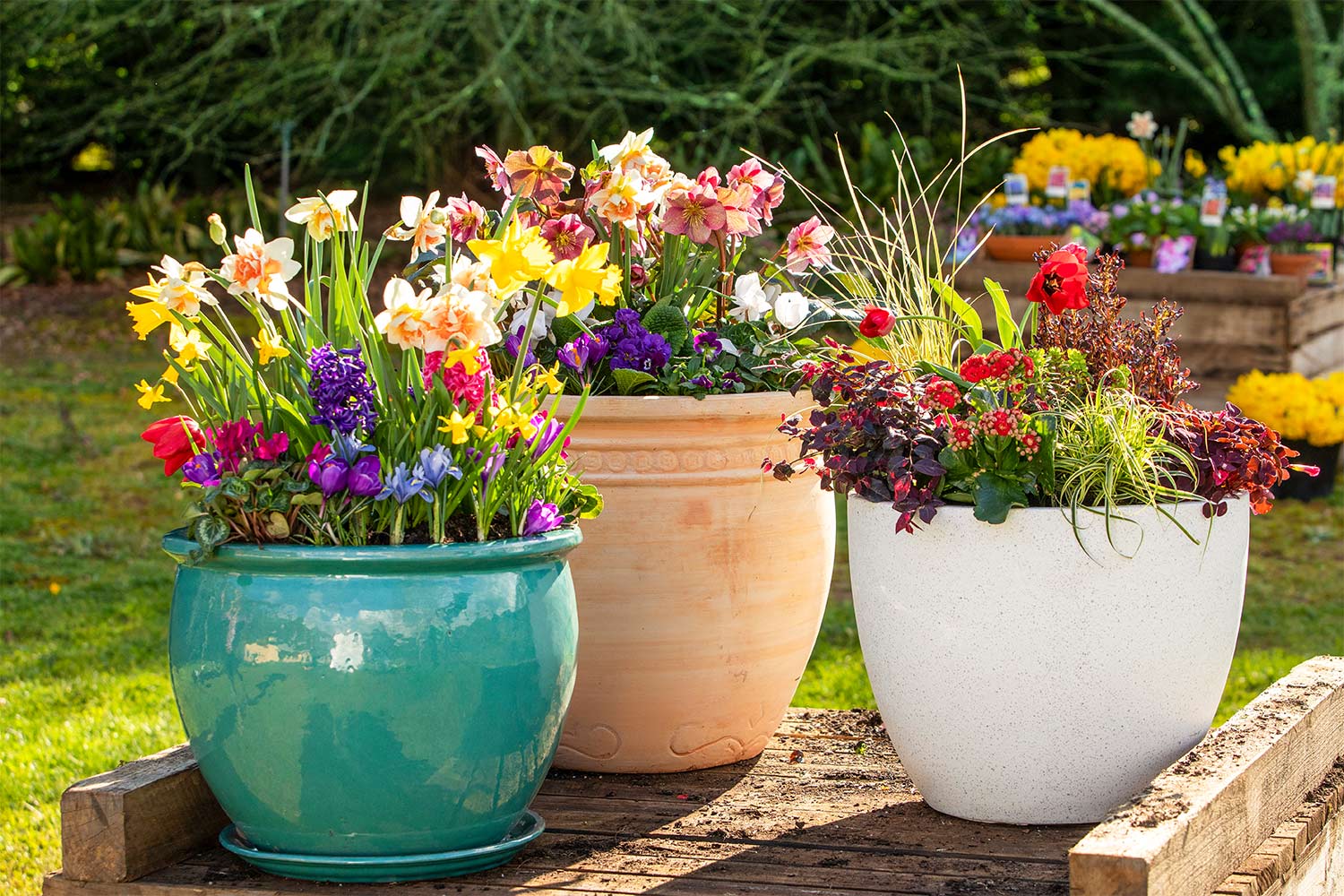
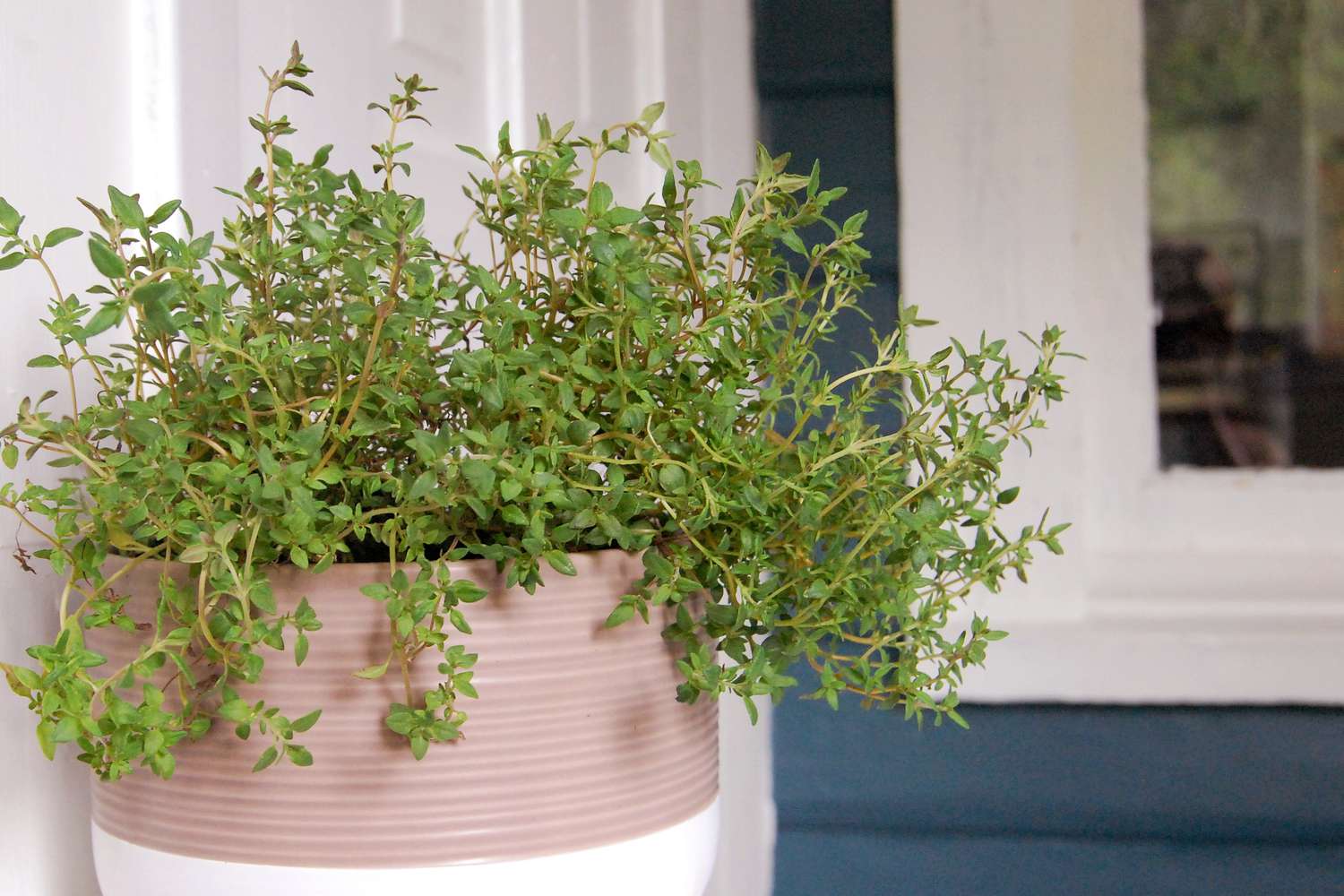
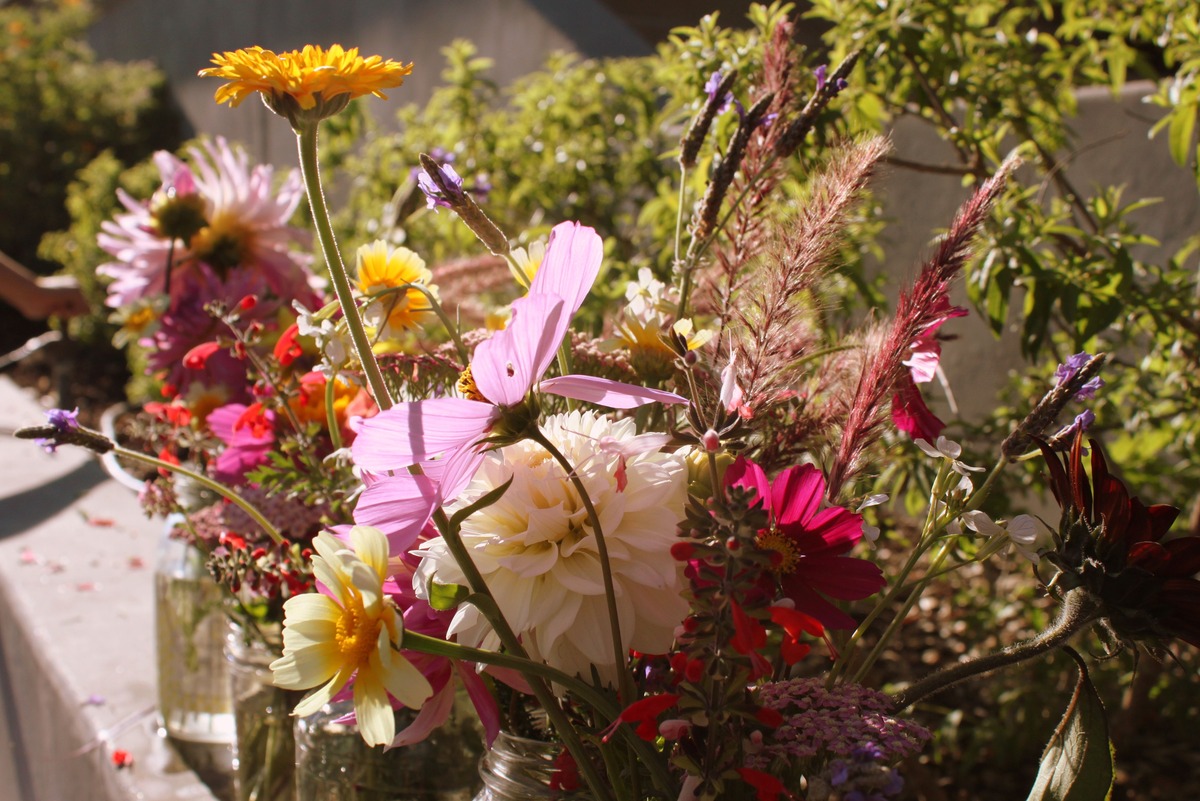
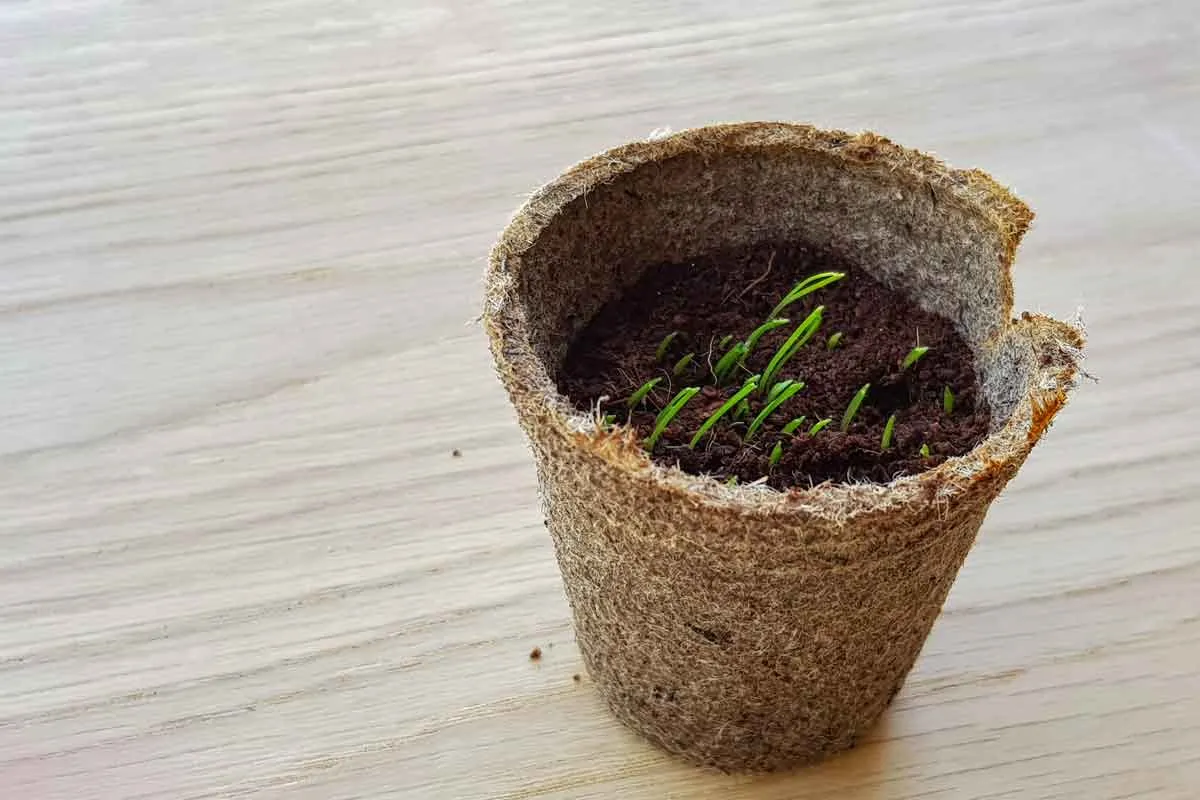
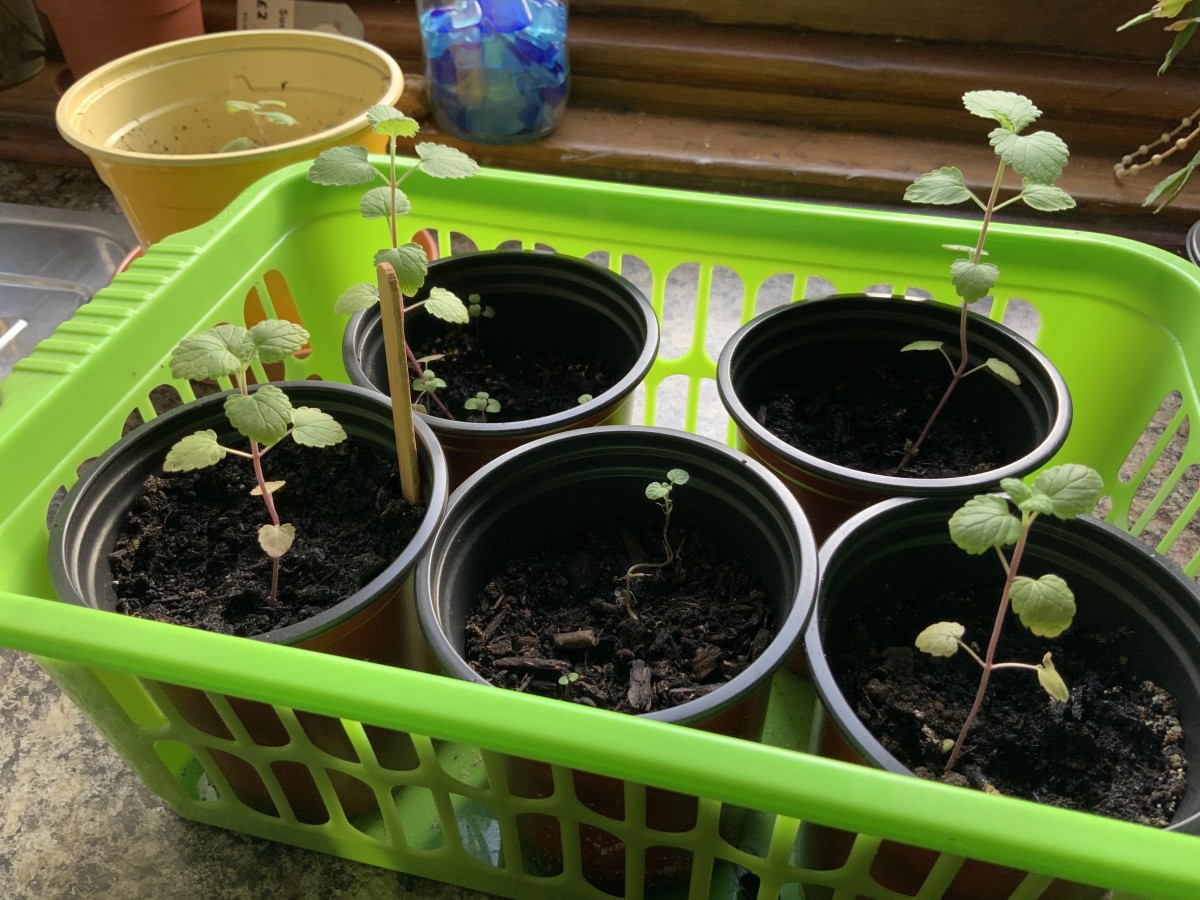
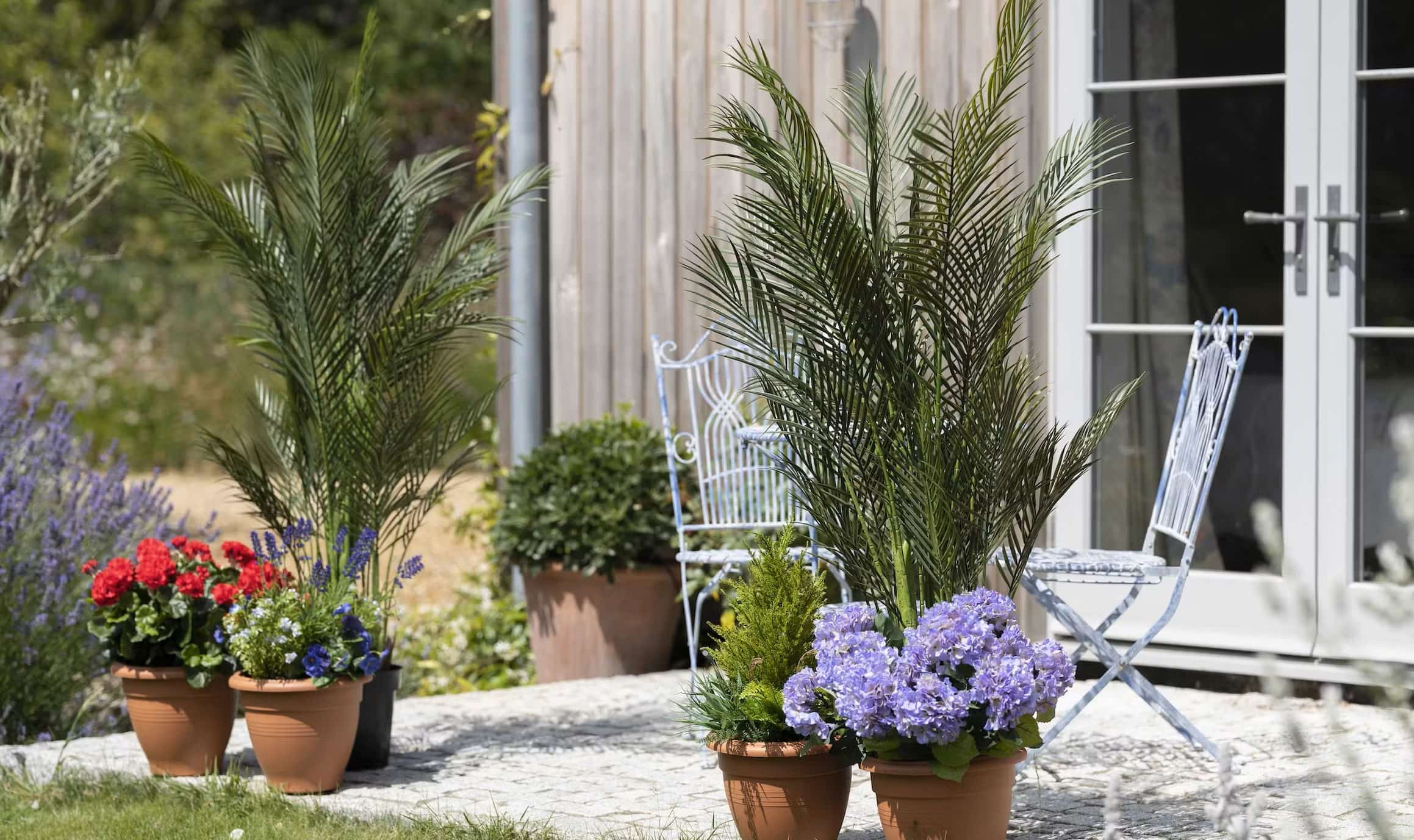
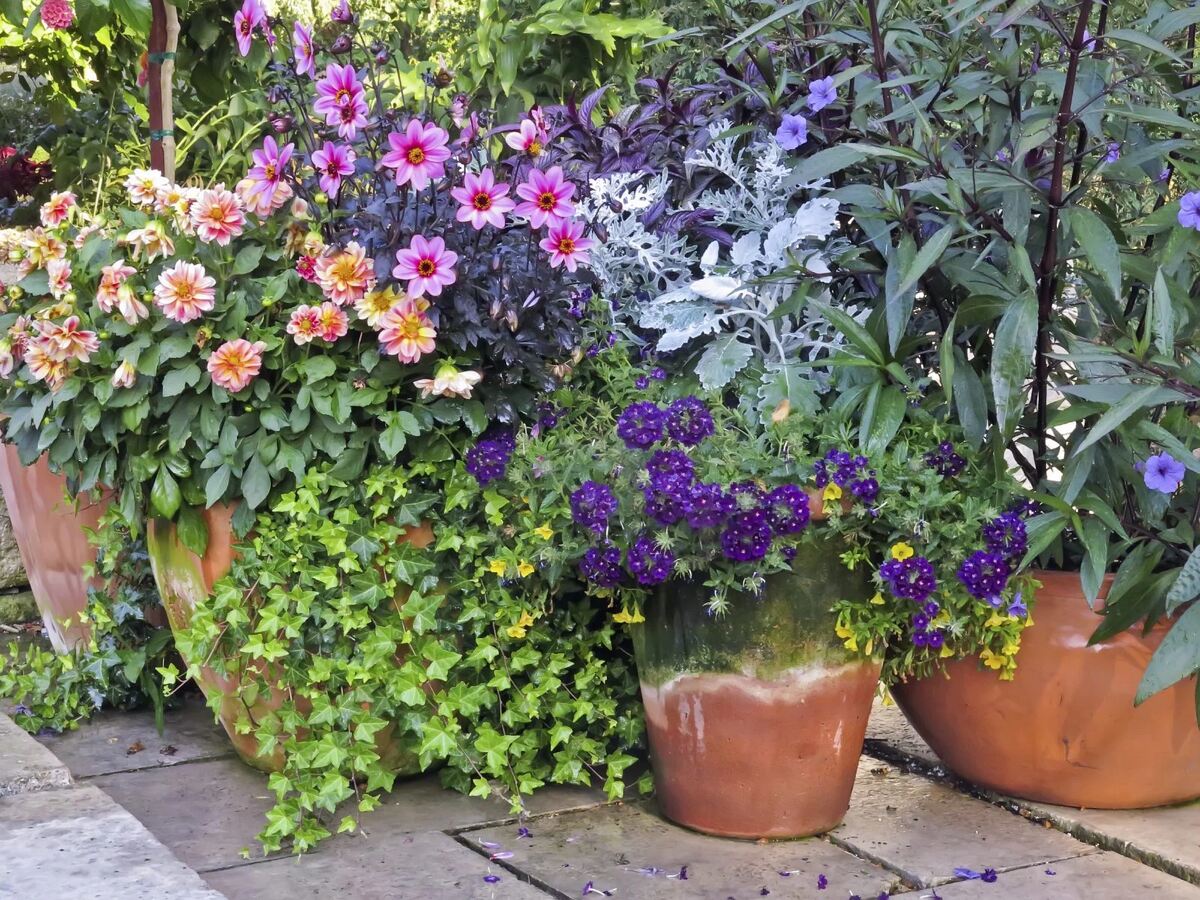
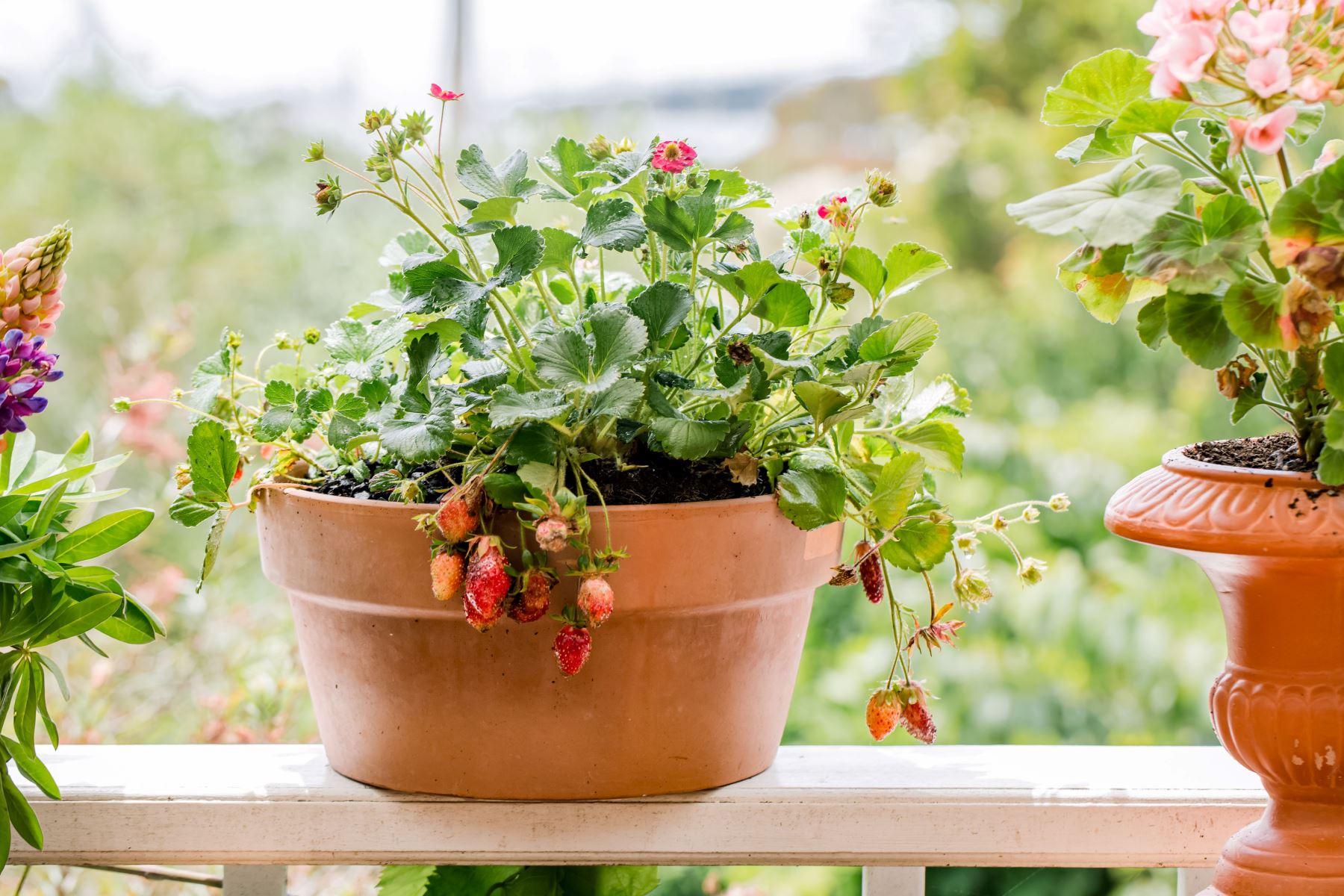
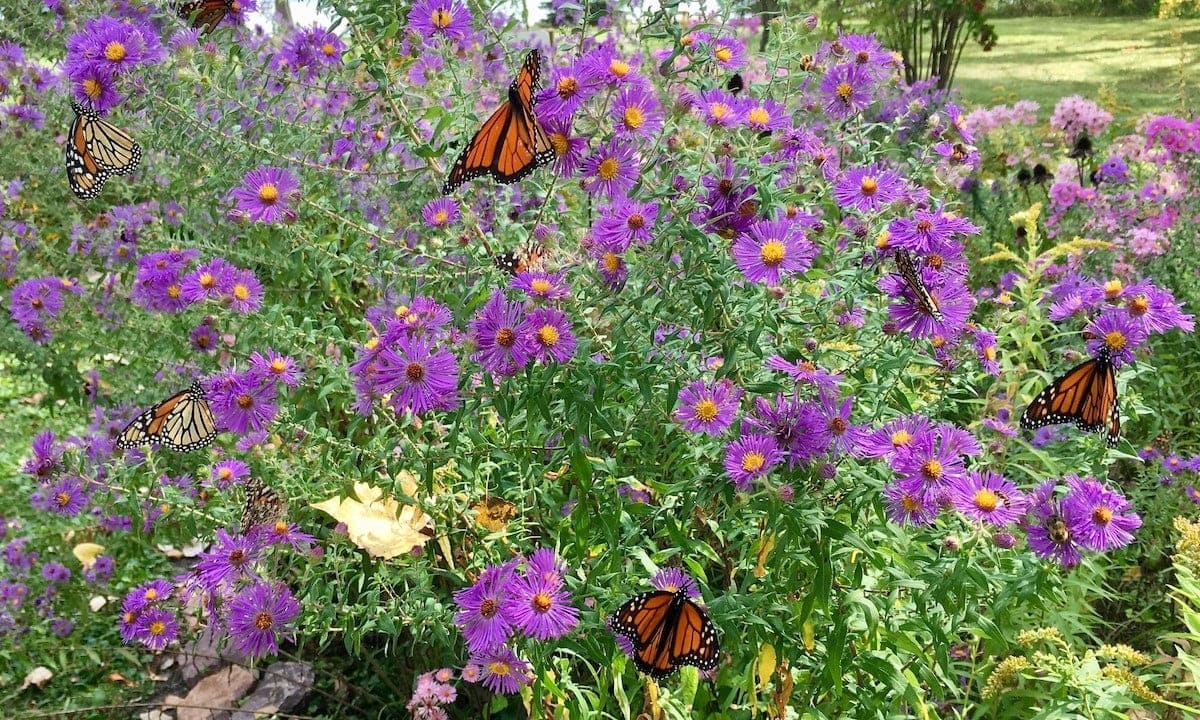
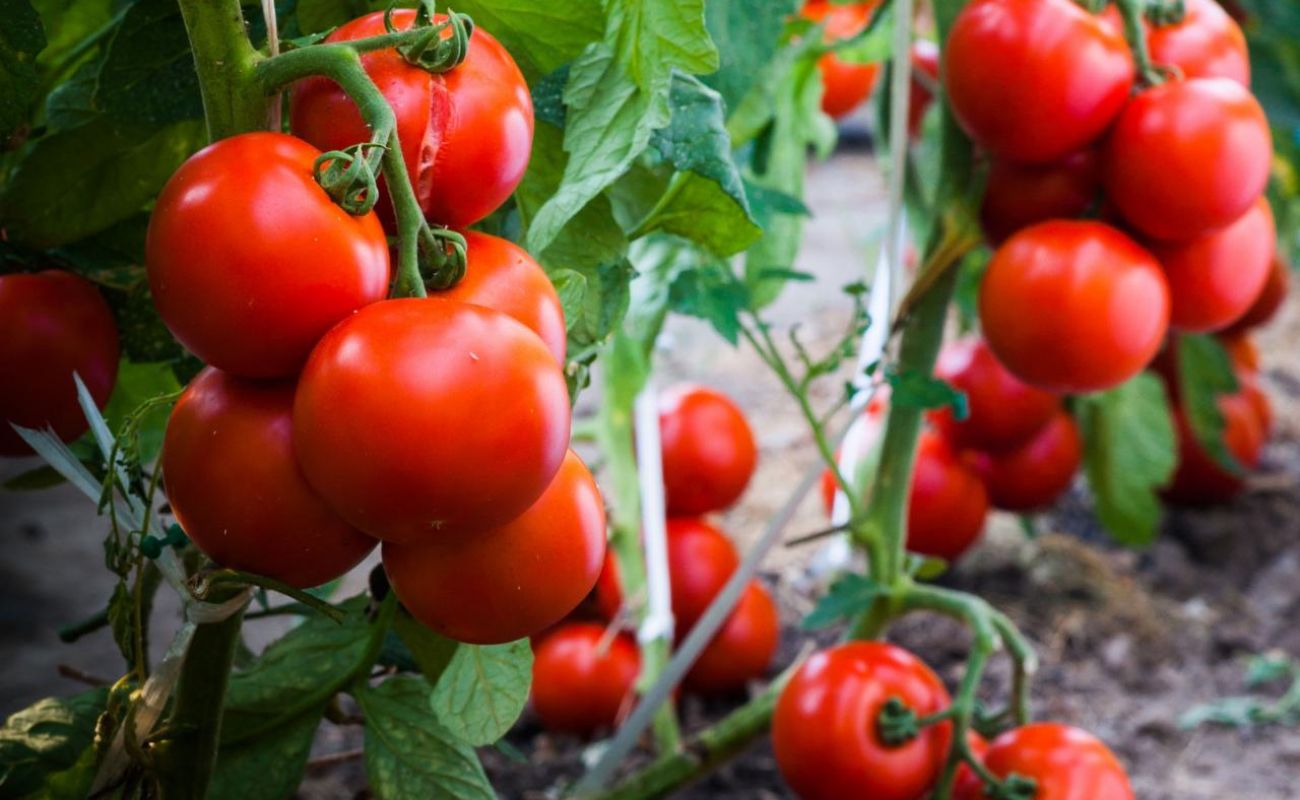
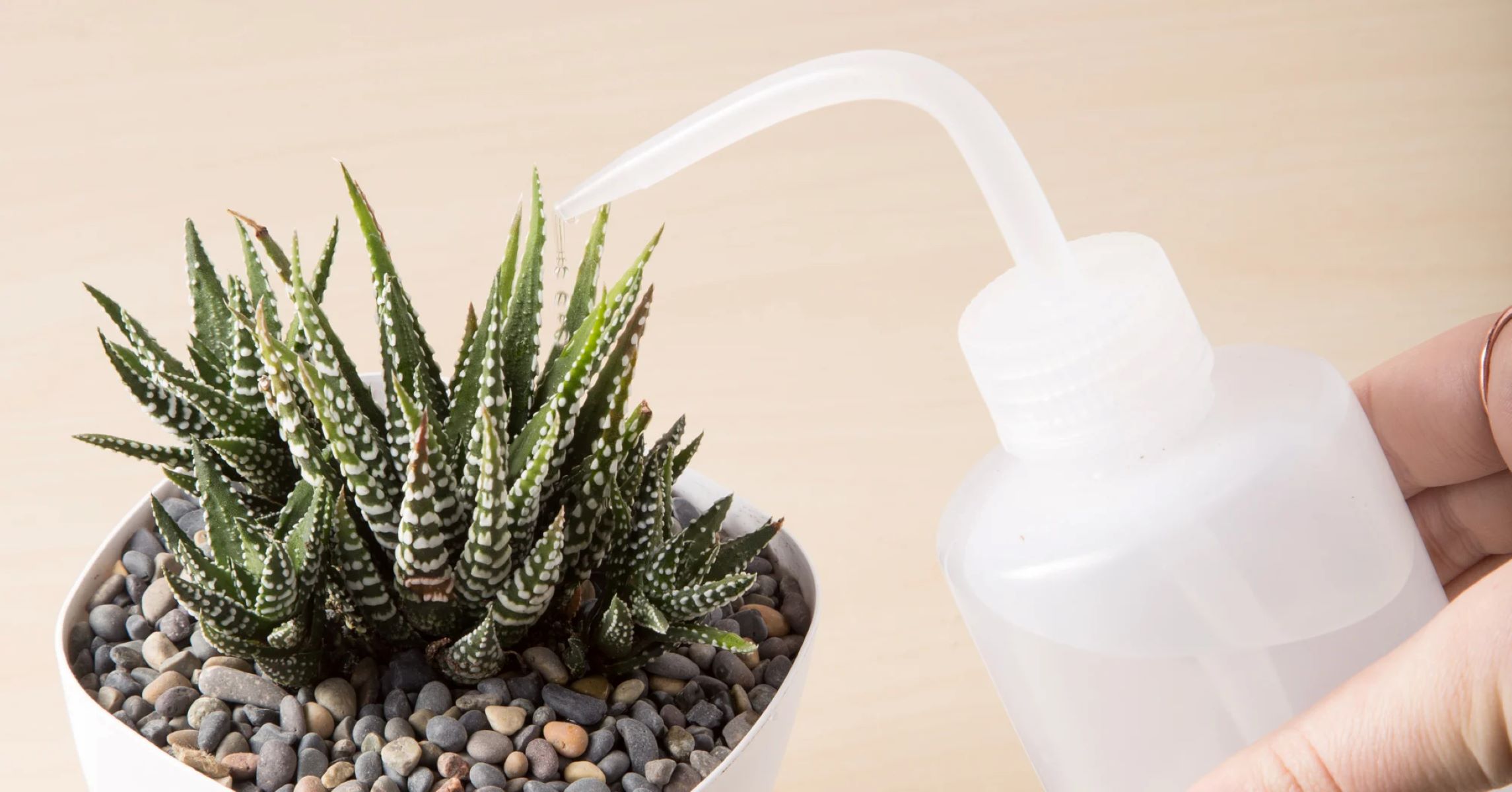
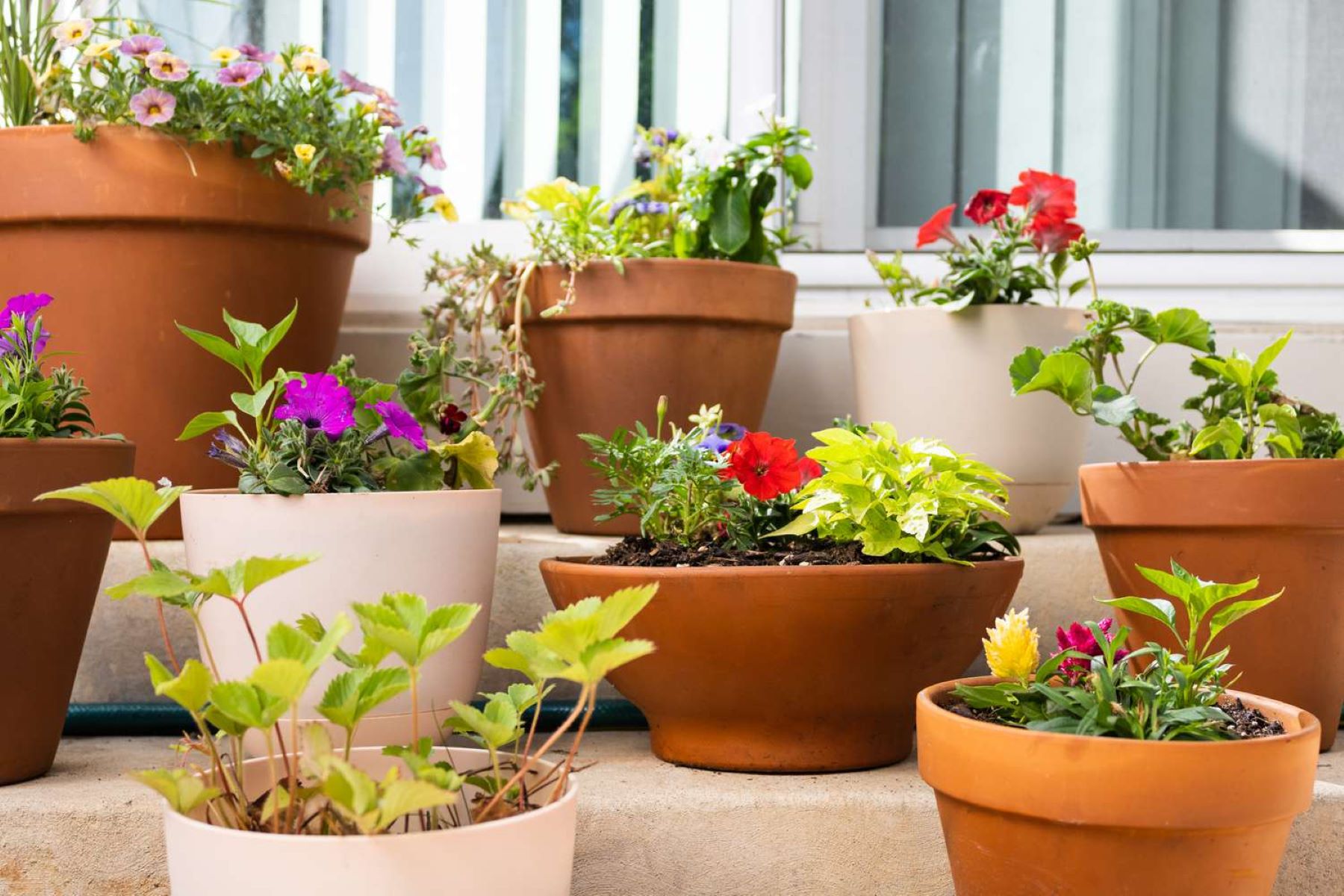
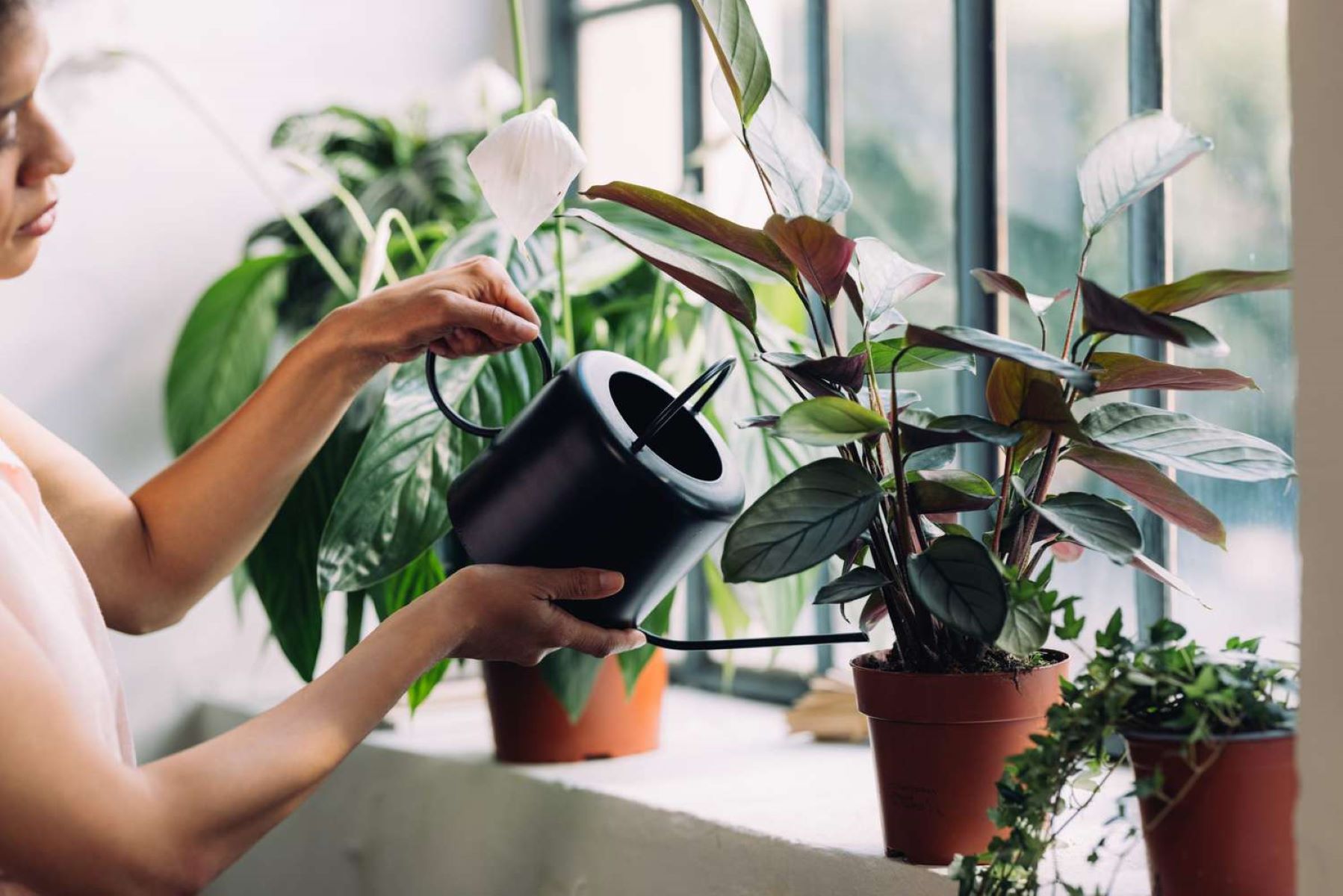

0 thoughts on “How To Arrange Potted Plants On A Patio”